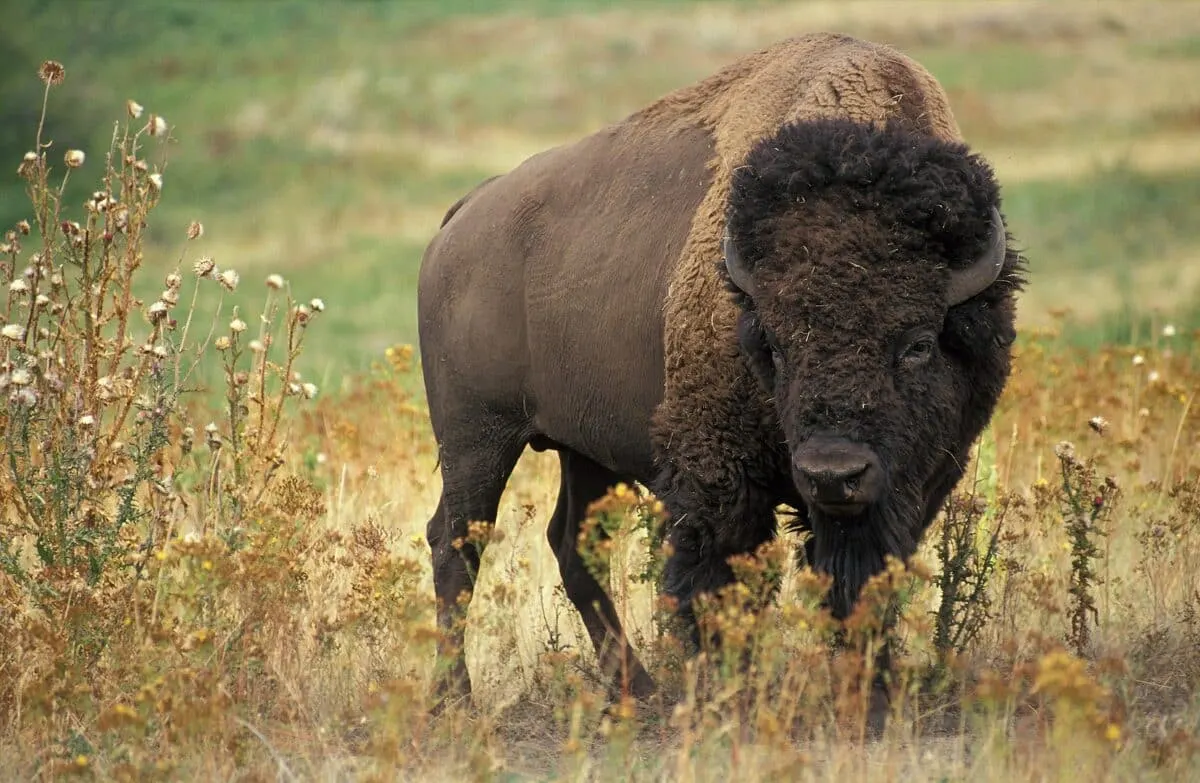Step into the rich tapestry of Native American history, and you’ll likely encounter tales of the bison jump—a method supposedly employed by indigenous tribes to harvest vast quantities of bison in a single swoop. The image of hunters driving herds off cliffs is captivating, yet reality often shatters the allure of myth. While bison jumps did have a place in Native American hunting strategies, they were far from the predominant technique. Let’s delve into the fascinating world of Native American hunting, uncovering the truths and dispelling the exaggerations surrounding the enigmatic bison jump.
The Bison Jump Myth Unveiled
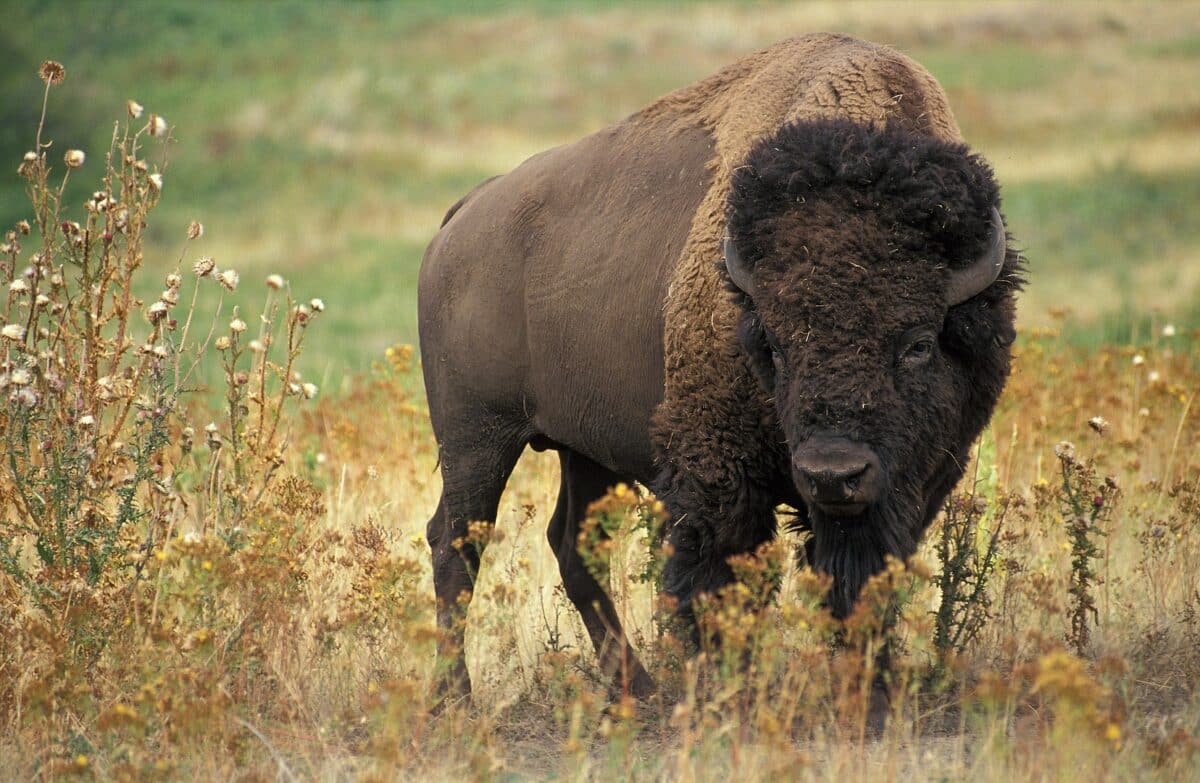
Contrary to popular belief, the bison jump wasn’t a daily occurrence or the linchpin of Native American hunting. While there’s evidence of sporadic use, it’s essential to debunk the notion that it was a widespread or primary method. Native American tribes exhibited remarkable ingenuity, relying on a diverse array of techniques tailored to their environments and the behavior of their prey.
Sustainable Hunting Wisdom
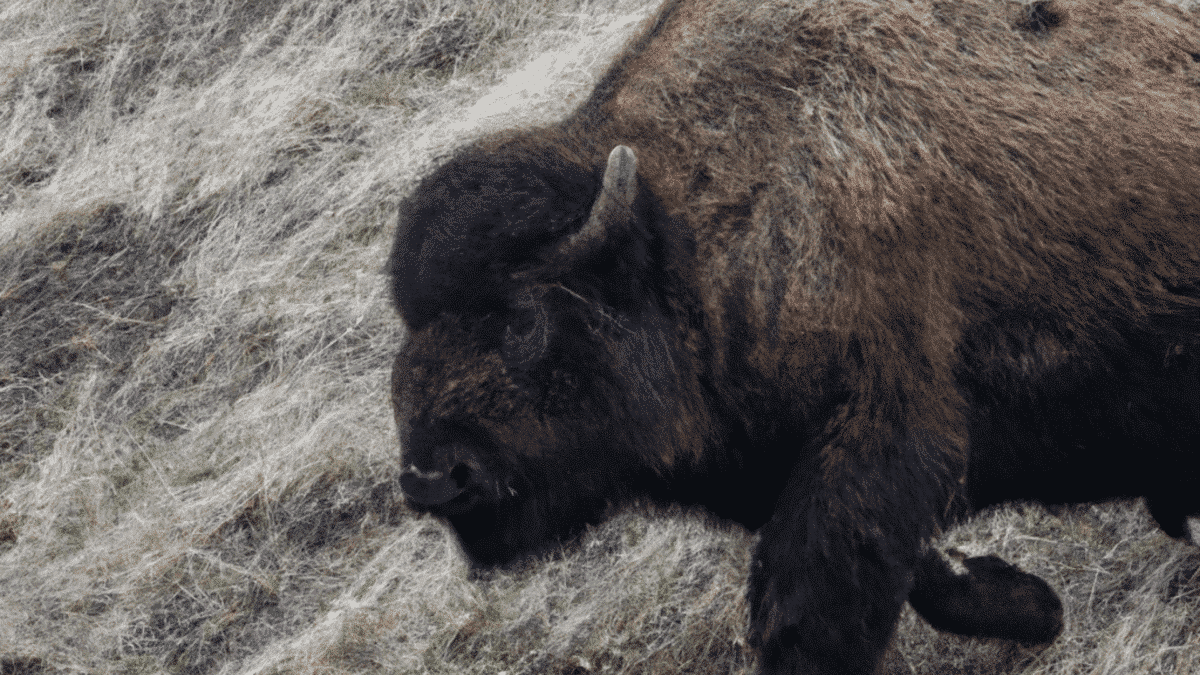
Native American tribes were masters of sustainable hunting, understanding the delicate balance needed to coexist with nature. Bison, a vital resource, were hunted with reverence and efficiency. Techniques like communal buffalo hunts, where the entire tribe participated, showcased a collective understanding of ecological responsibility. The aim was not merely to secure a meal for the day but to ensure the long-term well-being of both the tribe and the environment.
The Not-So-Common Bison Jump
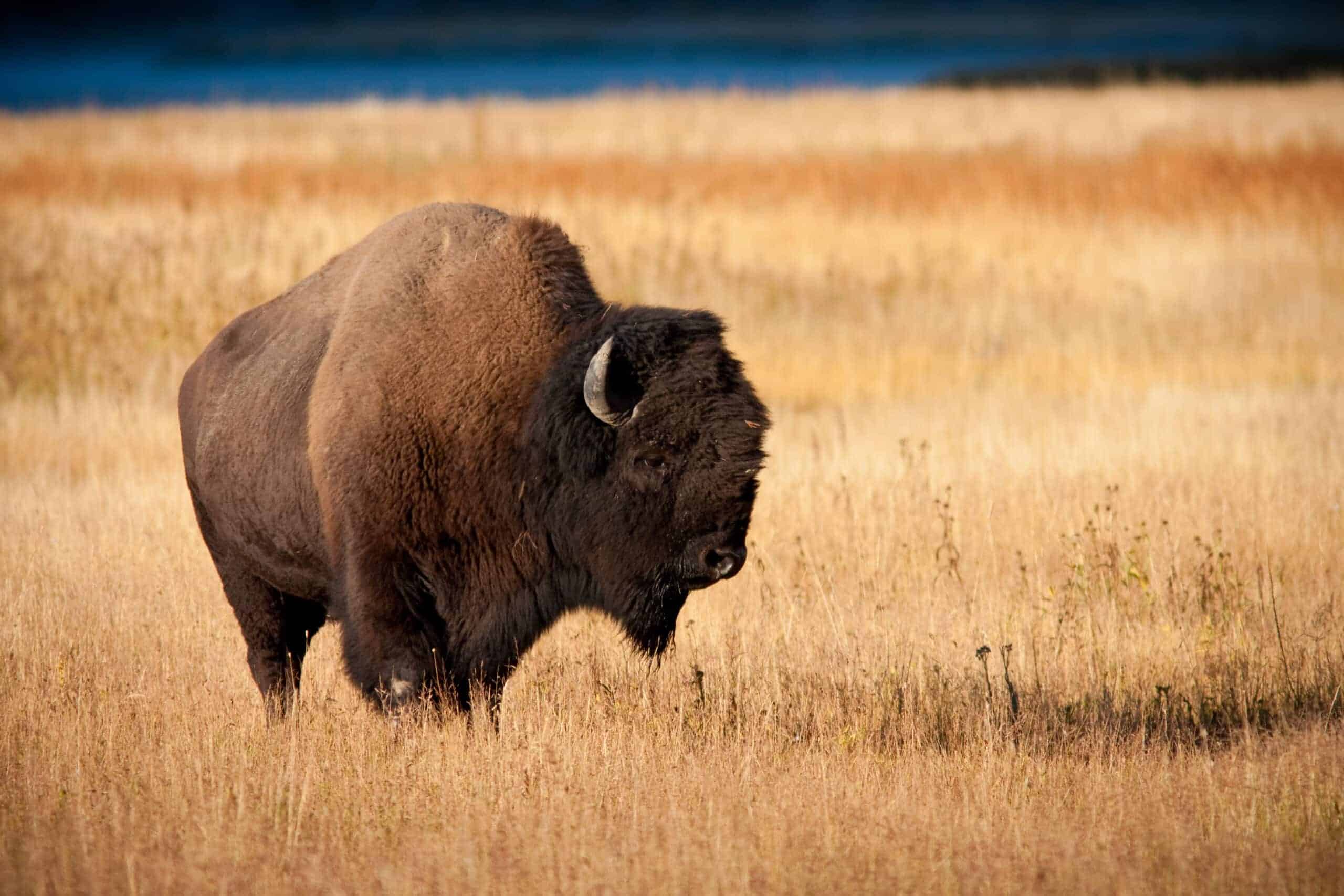
While the bison jump wasn’t the norm, it wasn’t entirely absent from the Native American hunting repertoire. Certain tribes did employ this method strategically, often during times of scarcity or when other techniques proved challenging. The concept of driving bison off cliffs might have been dramatic, but it was a calculated choice born out of necessity, not a reckless pursuit of excess.
Symbiosis with the Bison
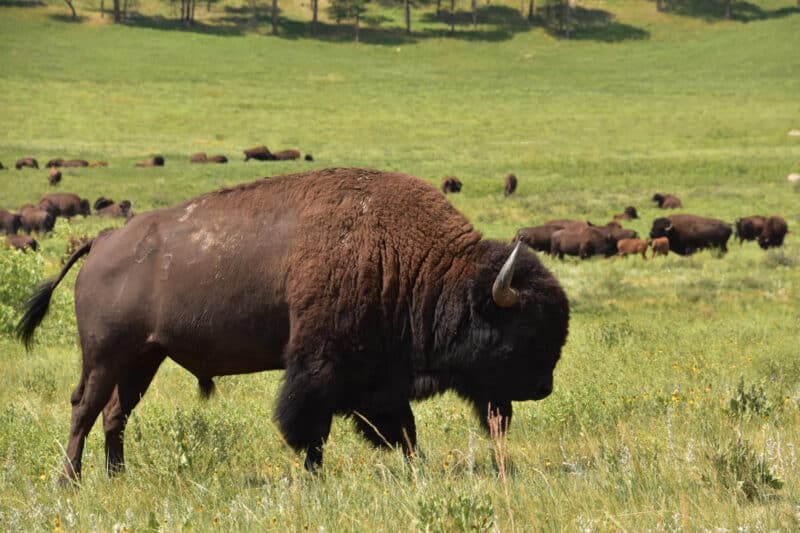
To truly grasp the Native American approach to hunting, one must appreciate the symbiotic relationship they maintained with the bison. The buffalo provided food, shelter, clothing, and tools, making it a cornerstone of indigenous life. Tribes didn’t seek to decimate bison populations but to cultivate a harmonious connection that sustained both human and animal life.
The Dance of the Thunderbeast
The bison, often referred to as the “thunderbeast,” held a sacred place in Native American cultures. The Plains Indians, for example, engaged in elaborate ceremonies to honor the spirit of the buffalo before a hunt. This reverence went beyond mere sustenance, transforming the act of hunting into a spiritual endeavor—a communion with nature rather than a conquest.
Wrapping Up with Bison Jump As A Hunting Technique
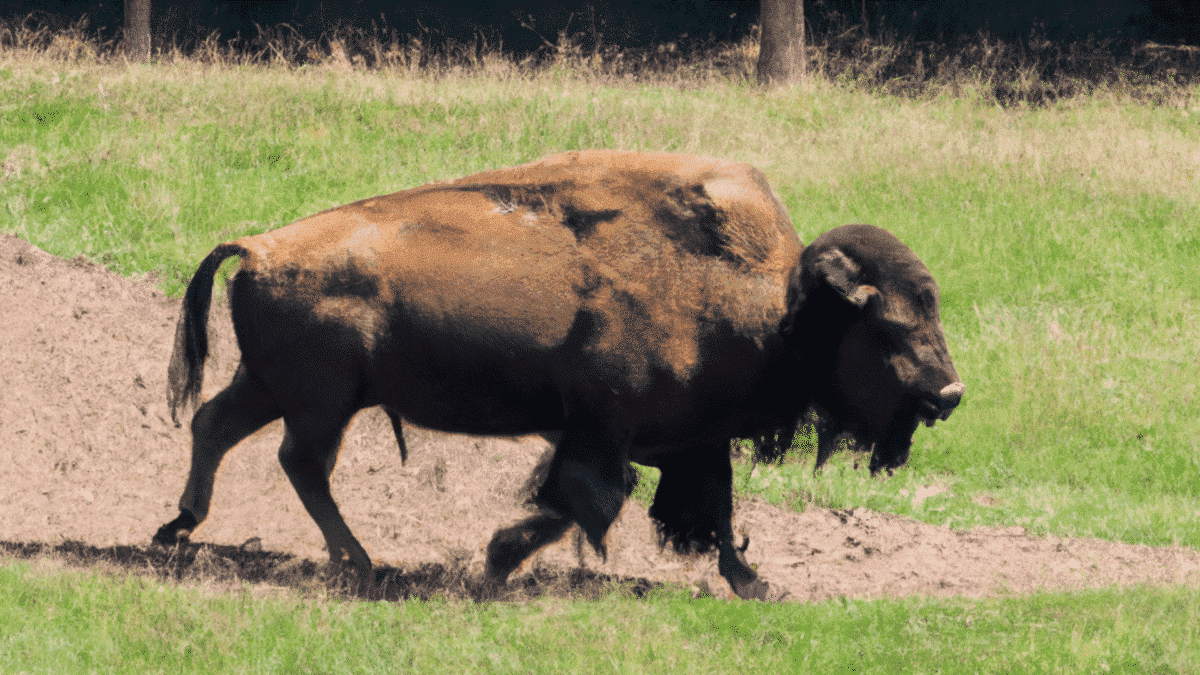
In the intricate tapestry of Native American history, the bison jump emerges as a thread, not the entire narrative. The tribes that once roamed the vast landscapes of North America possessed a profound understanding of their ecosystems, weaving sustainability and respect for nature into the fabric of their existence. The bison jump, though captivating, was but one chord in a symphony of hunting techniques—a testament to the adaptability and resourcefulness of indigenous peoples. As we unravel the myths, we discover a story that goes beyond the edge of cliffs and into the heart of a vibrant, interconnected world.
Thank you for following along with this article –
Next up in the animal kingdom:
- The Biggest Bison ‘Big Bull’ Ever Recorded with Video (3,800 pounds)
- Bison Stampede Separating Fact From Fiction
Join our Forum for free today!

- Surprised By A Snake In My Toilet In Bali - July 24, 2024
- Discover the Profound Spiritual Meaning of the Brown Bear - July 24, 2024
- Unexpected Snake Slithers Across My Windshield On Arizona Highway - July 23, 2024

